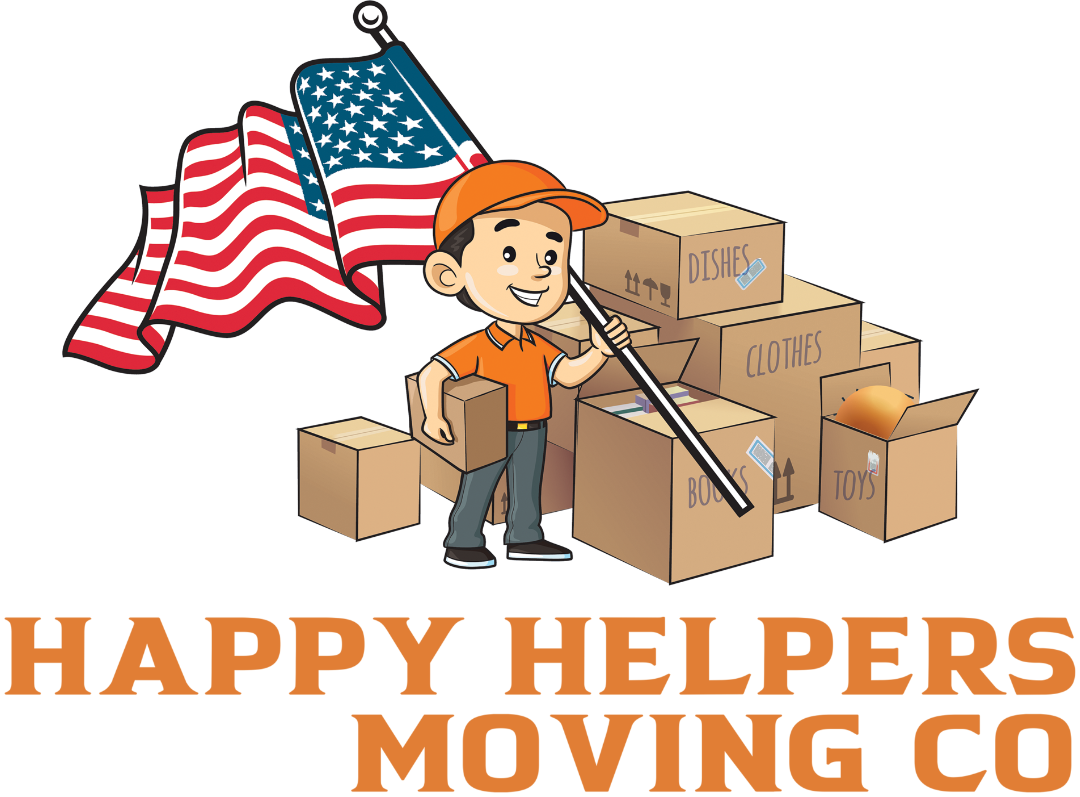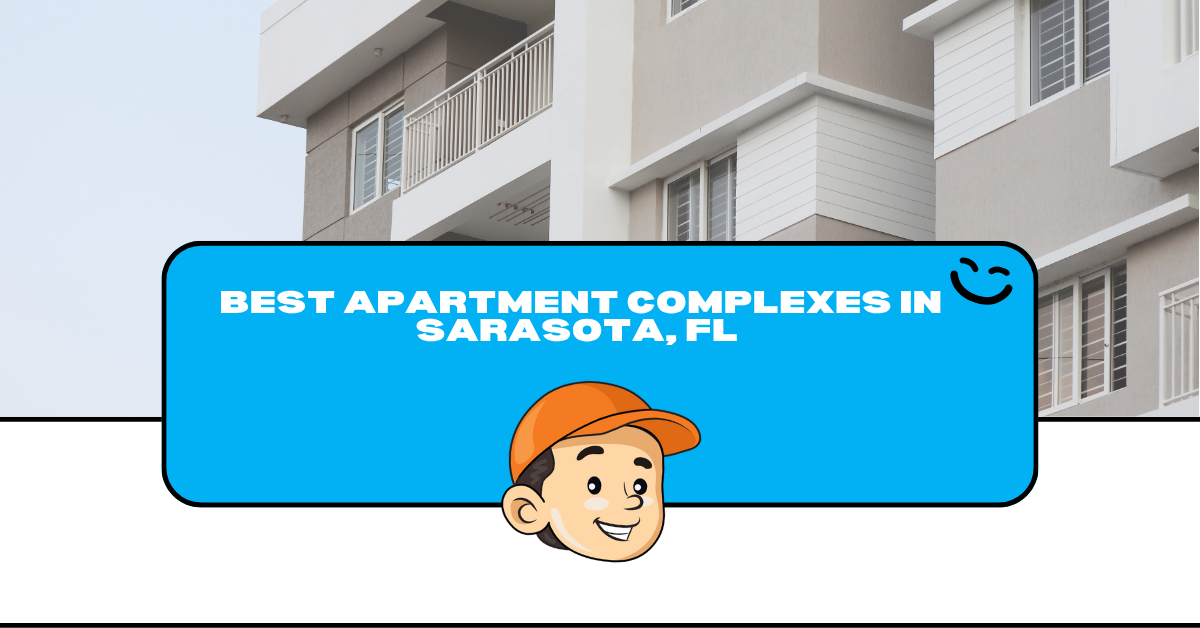Commercial Moving in Tampa: A Business Owner's Guide to a Smooth Relocation
Is your Tampa-based business on the move, gearing up for expansion, or relocating to a more strategic location within our vibrant city? As a business owner, you know that a commercial move is a far more complex undertaking than a simple residential shift. You're likely asking, "How can I ensure this office relocation in Tampa minimizes downtime, protects valuable assets, and keeps my team productive?" At Happy Helpers Moving Company, we specialize in turning these daunting questions into a streamlined, successful reality.
Tampa is a thriving hub for businesses of all sizes, offering a dynamic economic environment and a fantastic quality of life. Whether you're a startup finding your first office space or an established corporation upgrading your headquarters, a well-executed move is crucial for maintaining momentum. Unlike moving a home, a commercial relocation involves intricate logistics, from IT infrastructure and specialized equipment to coordinating with employees and managing sensitive documents. That's where our expertise as dedicated
Tampa commercial moving specialists comes into play.
The Unique Landscape of Commercial Relocations
A business move isn't just about transporting desks and computers; it's about relocating your entire operational core. The stakes are high: minimizing disruption to your services, ensuring the safety of critical equipment, and managing the transition for your employees are all paramount. Key challenges often include:
Minimizing Operational Downtime: Every hour your business isn't fully operational can mean lost revenue and productivity.
IT and Technology Migration: Safely disconnecting, transporting, and reinstalling servers, workstations, and network infrastructure requires specialized knowledge.
Handling Specialized Equipment: Many businesses have unique machinery, lab equipment, or oversized items that need expert handling.
Employee Coordination and Communication: Keeping your team informed and engaged throughout the moving process is vital for morale and a smooth transition.
Inventory Management and Asset Protection: Accurately tracking and safely moving all business assets, from furniture to files, is essential.
Understanding these complexities is the first step towards a successful commercial move in Tampa. For insights into general business planning, resources like the
U.S. Small Business Administration (SBA) offer valuable guidance that can be adapted to relocation strategies.
Planning Your Tampa Office Move
At Happy Helpers Moving Company, we believe meticulous planning is the cornerstone of any successful commercial move. Our process is designed to be thorough, transparent, and tailored to your specific business needs:
Initial Consultation & Detailed Assessment: We start by understanding your business, your timeline, and the scope of your move. Our Tampa commercial moving consultants will conduct an on-site survey (or virtual, if preferred) to assess inventory, identify potential challenges, and discuss your specific requirements.
Customized Moving Plan & Timeline: Based on the assessment, we develop a comprehensive moving plan. This includes a detailed inventory list, a precise timeline for each phase of the move (packing, loading, transport, unloading, setup), and a clear, upfront quote.
Dedicated Move Coordinator: You'll be assigned a dedicated move coordinator who will be your single point of contact throughout the entire process, ensuring clear communication and addressing any concerns promptly.
Employee Briefing and Support: We can assist in providing information and guidelines to your employees to ensure they are prepared for the move, know what to expect, and how to pack their personal workspaces if needed.
Systematic Packing and Labeling: Our professional packers use high-quality materials and proven techniques to ensure all office items, from sensitive electronics to confidential files and bulky furniture, are securely packed and clearly labeled for efficient unpacking and placement at the new Tampa location.
Coordination with Building Management: We liaise with building management at both your current and new Tampa locations to understand and comply with any moving regulations, elevator access schedules, and parking arrangements.
Our general
guide to a stress-free move also contains valuable tips that can be applied to the commercial moving context, particularly around organization and planning.
Choosing Your Tampa Commercial Moving Partner Wisely
Not all movers are equipped to handle the nuances of a commercial relocation. When selecting a partner for your Tampa business move, consider:
Experience in Commercial Moves: Look for a company with a proven track record of successful office and business relocations in the Tampa Bay area.
Proper Licensing and Insurance: Ensure they have the necessary licenses and comprehensive insurance coverage to protect your valuable assets.
Specialized Equipment and Techniques: Do they have the right tools, dollies, padding, and vehicles for commercial-grade items?
Positive Client Testimonials and Reviews: See what other Tampa businesses say about their experience. We're proud of the reputation our Tampa moving team has built.
Range of Services: Can they offer a full suite of services, including packing, unpacking, IT disconnect/reconnect coordination, and furniture disassembly/reassembly?
Happy Helpers' Comprehensive Commercial Moving Services in Tampa
We offer a full spectrum of commercial moving services designed to cover every aspect of your Tampa business relocation:
Office Moving: From small offices to large corporate headquarters.
Industrial and Warehouse Relocations: Handling machinery, inventory, and specialized equipment.
IT & Electronics Moving: Secure and careful transport of servers, computers, and sensitive tech.
Furniture Disassembly & Reassembly: Efficiently breaking down and setting up office furniture, cubicles, and workstations.
Packing & Unpacking Services: Full or partial packing options to save you time and ensure items are protected.
Short-Term & Long-Term Storage Solutions: Secure storage options if needed during your transition.
Debris and Junk Removal: Clearing out unwanted items from your old or new space.
If your business is also considering the broader aspects of
relocating to the Tampa area, our blog provides additional insights into what makes our city a great place to operate.
Minimizing Business Downtime: Our Priority
We understand that time is money. Our strategic planning, efficient execution, and flexible scheduling (including after-hours and weekend moves) are all geared towards minimizing disruption to your business operations. We work closely with your team to ensure a swift transition so you can get back to business as usual in your new Tampa location as quickly as possible. For businesses looking to optimize their new space, checking out resources on office ergonomics and layout, such as those from OSHA, can be beneficial post-move.
Your Smooth Commercial Move in Tampa Starts Here
Relocating your Tampa business doesn't have to be a source of stress and disruption. With Happy Helpers Moving Company as your partner, you can expect a meticulously planned, efficiently executed, and professionally managed commercial move. We are committed to providing exceptional service and ensuring your business transition is a success.
Ready to discuss your upcoming commercial move in Tampa? Contact us today for a comprehensive consultation and a no-obligation quote. Let us show you how we make business moving a happy experience!





